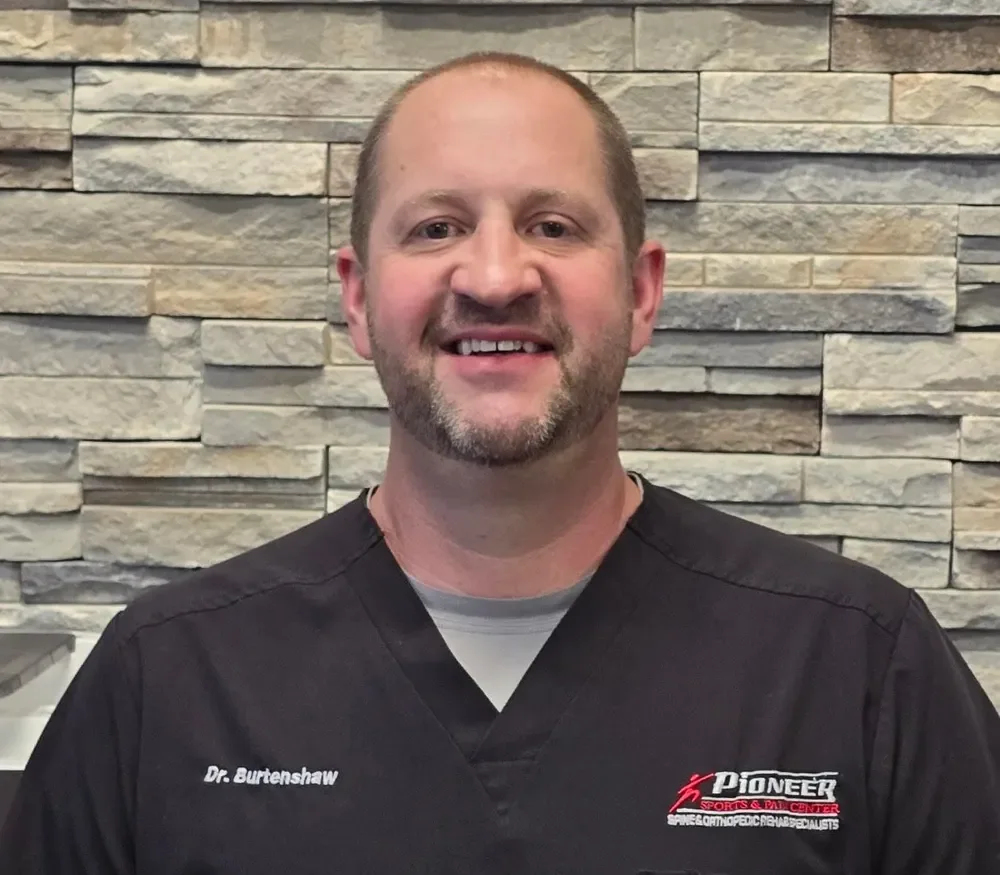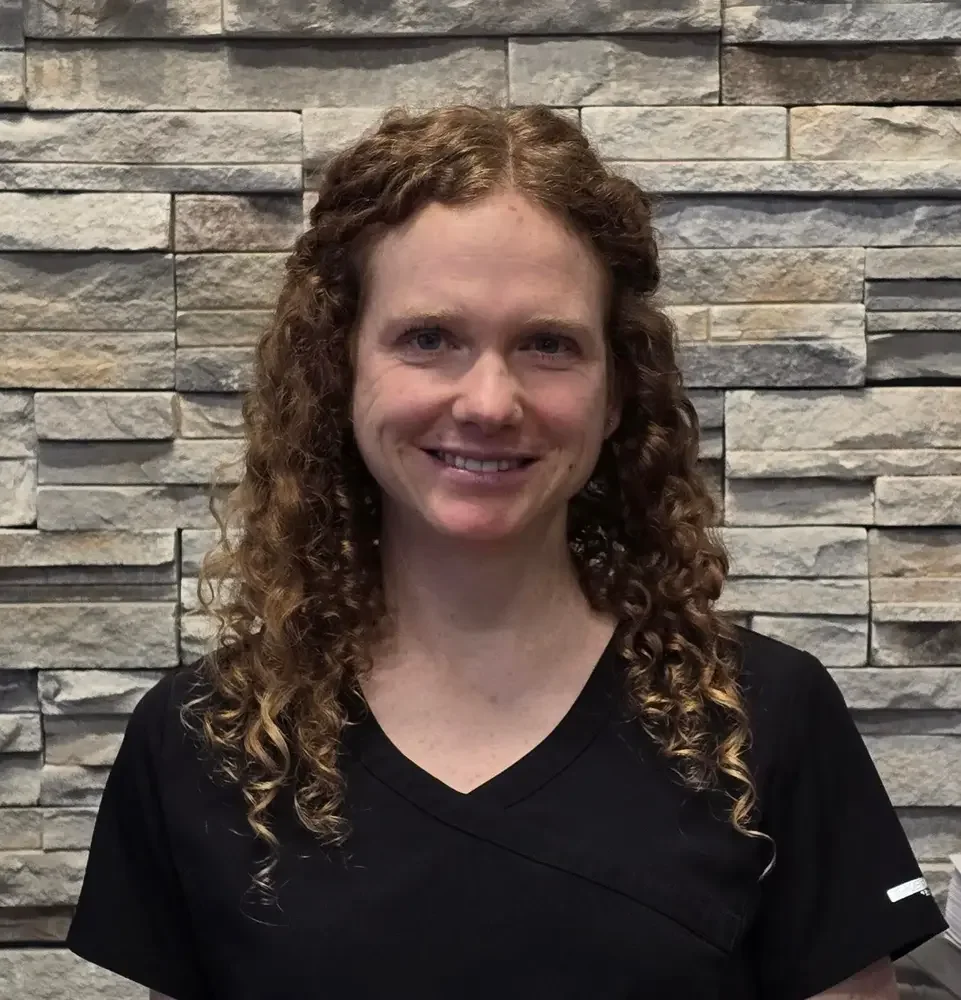Blood Flow Restriction (BFR) Therapy in Kuna, ID
Rebuild Strength Faster Without Heavy Loads
At Pioneer Sports & Pain Center in Kuna, Idaho, we offer Blood Flow Restriction (BFR) Therapy to help patients and athletes increase strength, improve muscle mass, and speed up recovery—without the strain of heavy lifting. BFR is an innovative training and rehabilitation technique that uses a specialized cuff to partially restrict blood flow to the limb during low-load exercise, triggering powerful muscle adaptations typically associated with high-intensity training.
Whether you’re recovering from surgery, managing chronic joint pain, or looking to prevent muscle loss during immobilization or disuse, BFR therapy offers a clinically proven way to train smarter, not harder.
What Is Blood Flow Restriction (BFR) Therapy?
BFR therapy involves the application of a pneumatic cuff or tourniquet system around the upper or lower limbs to partially restrict venous return while allowing arterial flow. The patient then performs low-load resistance training (20–30% of 1RM) under this controlled occlusion. This creates a hypoxic (low oxygen) environment in the muscle, leading to accelerated fatigue and activation of fast-twitch muscle fibers, which are typically only recruited during high-intensity effort.
This technique stimulates a cascade of anabolic and hormonal responses while reducing the mechanical stress on joints, making it ideal for rehab and recovery settings.
How Does BFR Work? A Physiological Breakdown
-
Metabolic Stress
The localized hypoxia increases lactate accumulation, leading to an upregulation of growth hormone, IGF-1, and muscle protein synthesis.
-
Muscle Fiber Recruitment
Type II (fast-twitch) fibers are recruited earlier due to rapid fatigue of Type I fibers, mimicking the effects of high-intensity training without the load.
-
Cellular Swelling
The pooling of blood in the muscle cell increases osmotic pressure, promoting cell swelling that signals muscle growth.
-
Systemic Hormonal Response
Even with low loads, the endocrine system responds with elevated testosterone, GH, and other anabolic agents, aiding both local and systemic recovery.
Benefits of BFR Therapy
- Increases strength with light resistance
- Promotes muscle hypertrophy and endurance
- Minimizes joint and connective tissue stress
- Enhances tendon healing and joint stability
- Prevents muscle atrophy during immobilization
- Ideal for post-op and post-injury recovery
- Reduces rehab time compared to traditional methods
Who Can Benefit from BFR?
BFR is highly versatile and beneficial for a wide variety of patients and goals, including:
Post-Surgical Recovery
- ACL or meniscus repair
- Rotator cuff repair
- Total knee or hip arthroplasty
- Achilles tendon repair
Orthopedic and Rehab Patients
- Chronic joint pain or instability
- Osteoarthritis with load intolerance
- Muscle atrophy due to disuse or immobilization
- Tendonitis and tendinopathy
- Recovery from sprains, strains, or fractures
Athletes and Performance Clients
- Enhancing muscle hypertrophy during off-season
- Reducing deloading impact during taper phases
- Speeding up return-to-sport without overtraining
- Maintaining fitness while managing injuries
Older Adults
- Safely improving muscle mass and balance
- Combating age-related sarcopenia
- Supporting fall prevention and independence
What to Expect During a BFR Session
Initial Evaluation
We perform a detailed musculoskeletal assessment to determine your strength level, range of motion, and any contraindications to BFR. If needed, we coordinate with your surgeon or physician for clearance.
Cuff Calibration
Using FDA-cleared BFR systems (not elastic bands or tourniquets), we measure and set your Limb Occlusion Pressure (LOP) to a safe, personalized percentage—usually 40–80% of arterial flow.
Low-Load Exercise Protocol
You’ll perform exercises such as:
- Bodyweight squats
- Leg press or hamstring curls
- Bicep curls or shoulder presses
- Isometric holds or slow eccentrics
The protocol often includes 1 set of 30 reps, followed by 3 sets of 15 reps with short rest intervals.
Post-Treatment
You may experience localized muscle fatigue or “pump,” which is expected and temporary. Many patients notice rapid strength and size gains after just a few sessions.
Is BFR Therapy Safe?
Yes—when performed by trained providers using medical-grade equipment. At Pioneer Sports & Pain Center:
- We do not use elastic bands or wraps, which can cause nerve damage if misapplied.
- We use FDA-registered BFR devices with pressure regulation and safety valves.
- All sessions are supervised by certified clinicians with experience in rehab, strength, and sports medicine.
- We screen for contraindications such as DVT risk, uncontrolled hypertension, or vascular disease before use.
Why Choose Pioneer Sports & Pain Center for BFR in Kuna?
- Advanced Training: Our team is certified in clinical BFR application and experienced with post-surgical and orthopedic rehab cases.
- Integrated Treatment Model: BFR is part of a larger program that may include manual therapy, dry needling, chiropractic adjustments, or gait retraining.
- Proven Results: We help patients achieve faster muscle recovery and safer progression through injury or surgery.
- Custom Plans: Every BFR protocol is tailored to your goals, condition, and tolerance—no generic training here.
- Trusted by Kuna and Beyond: Serving Nampa, Meridian, Boise, and all Treasure Valley communities.
Frequently Asked Questions (FAQ)
Is BFR painful?
BFR may cause a feeling of tightness or muscle fatigue, but it should not be painful. Most patients describe it as challenging but tolerable, especially given the short duration of exercises.
How soon will I see results?
Many patients see increases in strength and size after 2–4 weeks of consistent sessions. Post-surgical patients often notice better mobility and less atrophy compared to traditional rehab alone.
Can anyone do BFR therapy?
Most people can benefit from BFR, but we avoid it in patients with active blood clots, uncontrolled cardiovascular issues, or severe peripheral vascular disease. We’ll perform a thorough screening prior to use.
Is this only for athletes?
Not at all. BFR is widely used for older adults, post-surgical patients, and people with chronic joint pain who can’t tolerate heavy resistance training.
Is BFR covered by insurance?
BFR is sometimes covered when used as part of a medically necessary rehab program. Our team will verify your benefits and discuss any out-of-pocket costs upfront.
How long does a BFR session take?
Sessions typically last 20–30 minutes and are often integrated into your full treatment plan, alongside other therapy modalities.
Can BFR be combined with other therapies?
Yes. We frequently pair BFR with chiropractic care, dry needling, orthopedic rehab, or strength and conditioning programs to accelerate outcomes.
Rebuild Strength Safely With BFR Therapy in Kuna, ID
If you’re recovering from surgery, dealing with chronic joint pain, or trying to regain strength without risking further injury, Blood Flow Restriction (BFR) Therapy at Pioneer Sports & Pain Center may be your ideal solution. Call today or book your BFR consultation online.













